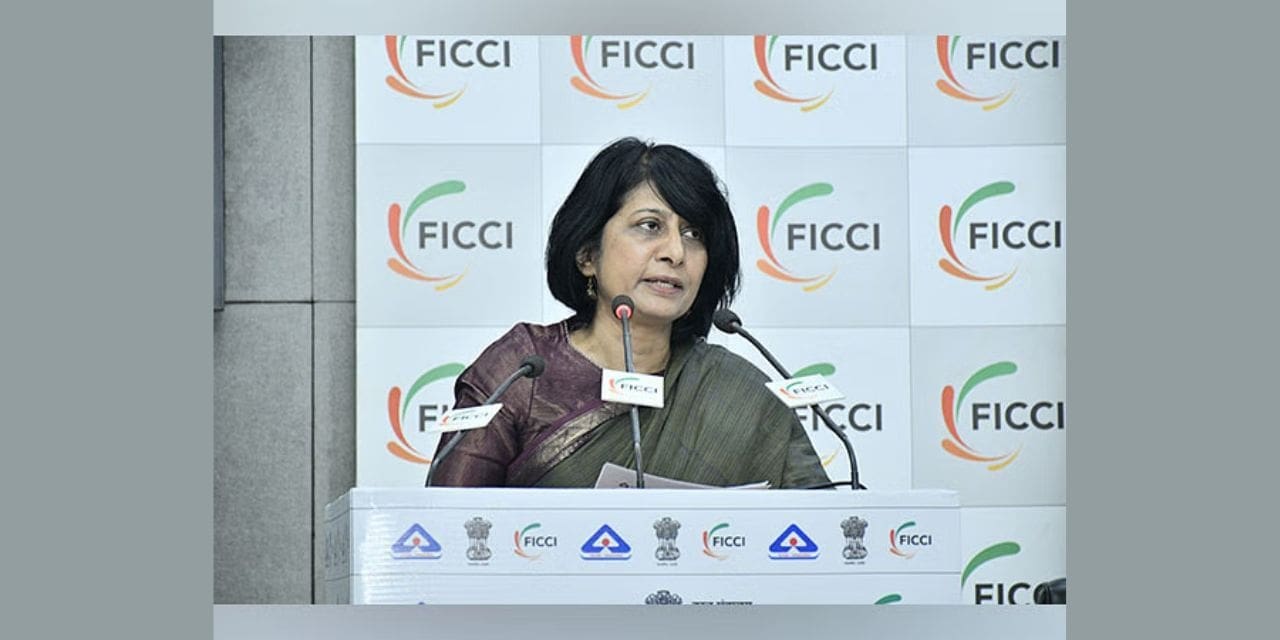According to Rachna Shah, Secretary of the Ministry of Textiles, the technical textile market in India has recently experienced strong growth on both the domestic and international markets. She predicts that the market would double in the next five years.
She stated this while speaking at the 6th edition of the National Conclave on Standards and Regulations for Technical Textiles, which was held here on Tuesday. “Within India, the market size is around USD 22 billion, and the government’s goal is to take it to USD 40-50 billion over the next five years,” she said. The secretary estimates that by 2025–2026, the market for technical textiles will grow from its current size of about USD 260 billion to USD 325 billion.
Technical textiles are described as textile materials and products that are employed in a variety of high-end sectors primarily for their technical performance.
Regarding the export of these textiles from India, Shah stated that the government wants to increase this figure to USD $10 billion from its current USD 2.5 billion level.
With a multi-pronged strategy, the government is working in the technical textiles industry, with an emphasis on R&D operations in the sector, especially in fibre and in the development of its different applications. The focus is also on creating a competent workforce and an eco-system for the industry, she was quoted as saying in a press statement.
The ministry is collaborating closely with numerous other ministries, federal agencies, and state governments to boost interest in and use of technical textiles, according to the secretary.
Since technical textiles are highly specialised items with demanding performance criteria, focusing on standards and regulations for them is one of the approach’s crucial components, she continued.
Shah went on to say that in addition to creating standards, it is crucial to map technical textiles with HSN codes because doing so will make it easier to monitor the trade in these goods.
Regulations and standards are mapped to the HSN codes in turn. In order to ensure the success of our activities and the development of the sector, a cooperative strategy between the certifying organisations, business, and various government departments would be essential.

